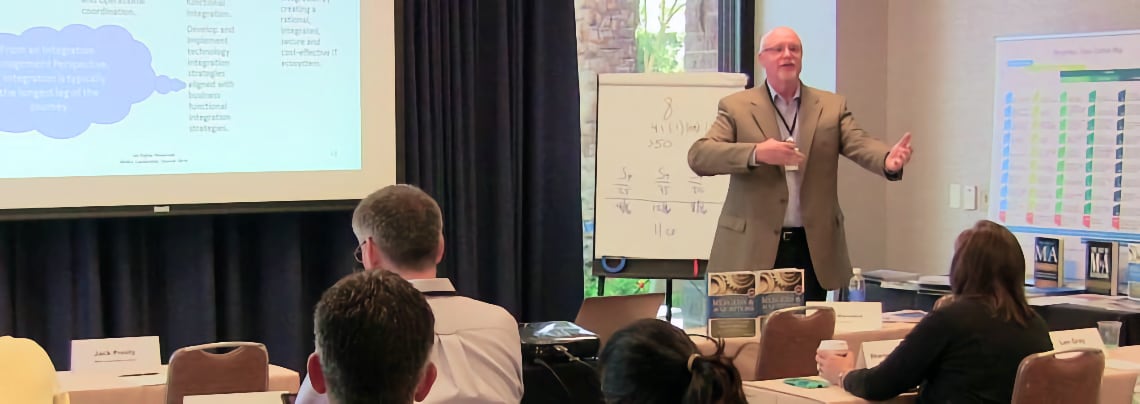We want to congratulate our board member Alexandra Reed Lajoux and her co-author Dennis Roberts on the recent release of the latest in The Art of M&A series published by McGraw Hill. The Art of Bank M&A is the first of its kind in the series of books by Lajoux in that it is written to address M&A within a vertical industry vs a general M&A practice area. It is an outstanding study of the industry and goes beyond M&A by providing history and
In my past three blogs, I have discussed the Value of Certainty, The Value of Stability and the concept of Value Preservation Before Value Creation. In this issue, I want to close the series by acknowledging that the best deals are those where the deal team is truly focused on Value….. Value by the numbers and not the cosmetics in this new economy.
Will 2014 be the long anticipated time for the breakout of M&A deals? Or, another year of post-2008 uncertainty?
As has been the case for several years, 2014 looks like it could signal the beginning of a surge in M&A deal-making. The revival has been anticipated since the beginning of the financial crisis some five years ago, but each year as we view the fundamentals, the positive signs haven’t generated the expected volumes.
Things may be changing….. At this writing:
A typical scenario I have observed and you may have directly experienced is the following:
Let me first set the typical context (understanding that in an M&A, very little is typical) for this in-house training program, which often is a 2-day session with the designated functional leaders of both companies:
Mergermarket and Merrill DataSite have just released their “Dealmaking in Brazil and Mexico” report. In it, you’ll learn that rebounding economic growth and government initiatives permitting better capital flow and competition have made Latin America common ground for M&A dealmaking.
Please take a look at the full report HERE.
Since the BHP-Billiton proposal to acquire Potash Corporation was turned down by the Canadian Government in 2010, there has been an air of uncertainty regarding Canadian foreign takeover policy. On the one hand, the government of Canada has continued to indicate that foreign investment is welcomed, but on the other hand, no explanation was provided for the Potash Corporation decision and so buyers have been left guessing about unwritten takeover restrictions.
Of course we all aspire to grow the revenues of our business, reduce costs, create customer loyalty and many other avenues to contribute value to our stakeholders. In order to do so, we secure the best vendors, employees and leaders who are educated, trained and experienced to create in-house competencies. So why is it that so many companies, even today, continue to see growth by M&A in a passive light? Why is it that so many company executives are given the arduous task of growing the business through acquisitions without a similar inve
Open a newspaper today and you are bound to read about the next wave of emerging or high-growth markets. Whether it be a headline on Turkey becoming the third fastest growing country in the world by 2017, the passing of a new foreign investment law in Myanmar, or a new acronym touting a group of countries as the next BRICS, there is no doubt the global M&A market is changing. Shifting patterns in outbound M&A signal a greater proportion of deals involving high growth markets in the years ahead.
(This article appeared in Financier Worldwide and has been edited to comply with their editorial guidelines, which include UK spelling and grammar, and specific house styles for consistency.)
To be successful in acquisitions and integrations, we strongly recommend that organisations focus on some key numbers.
The first number to focus on is ‘70’, as in the Rule of 70/70.
